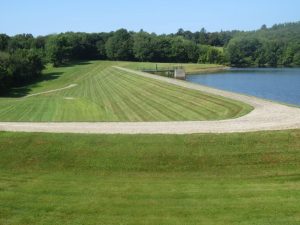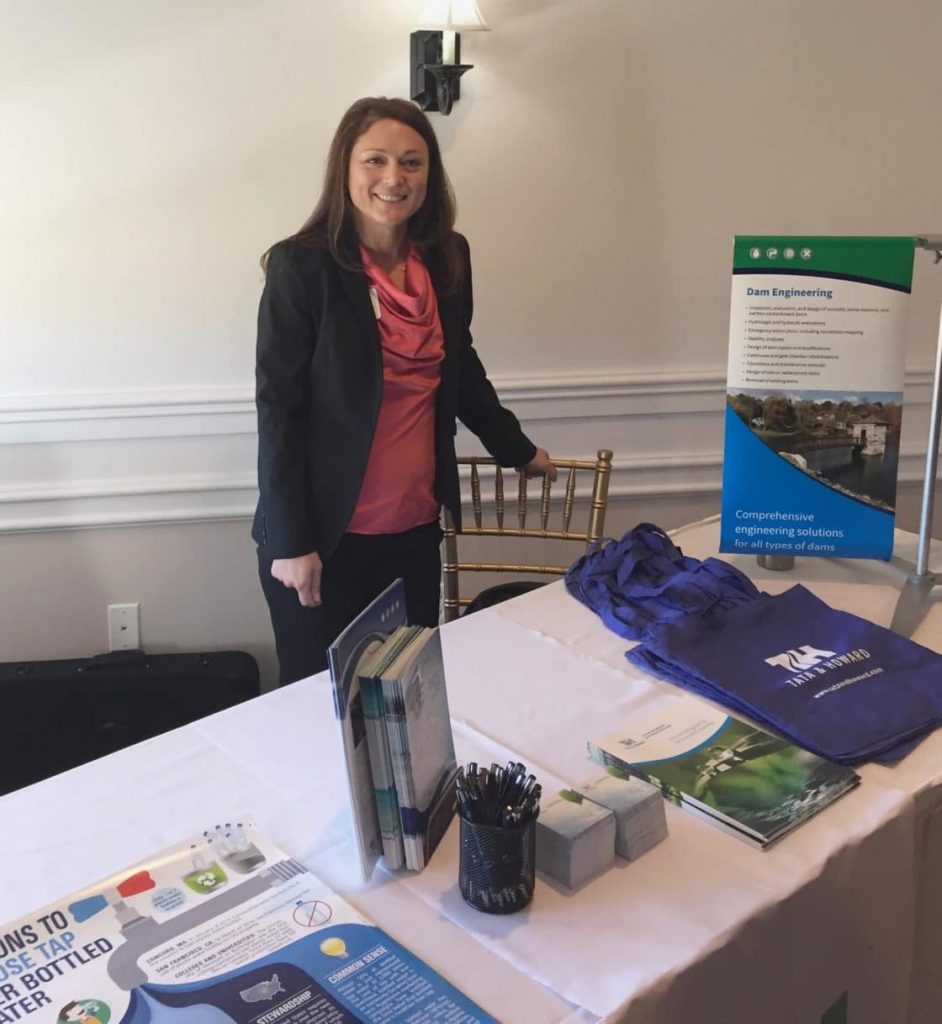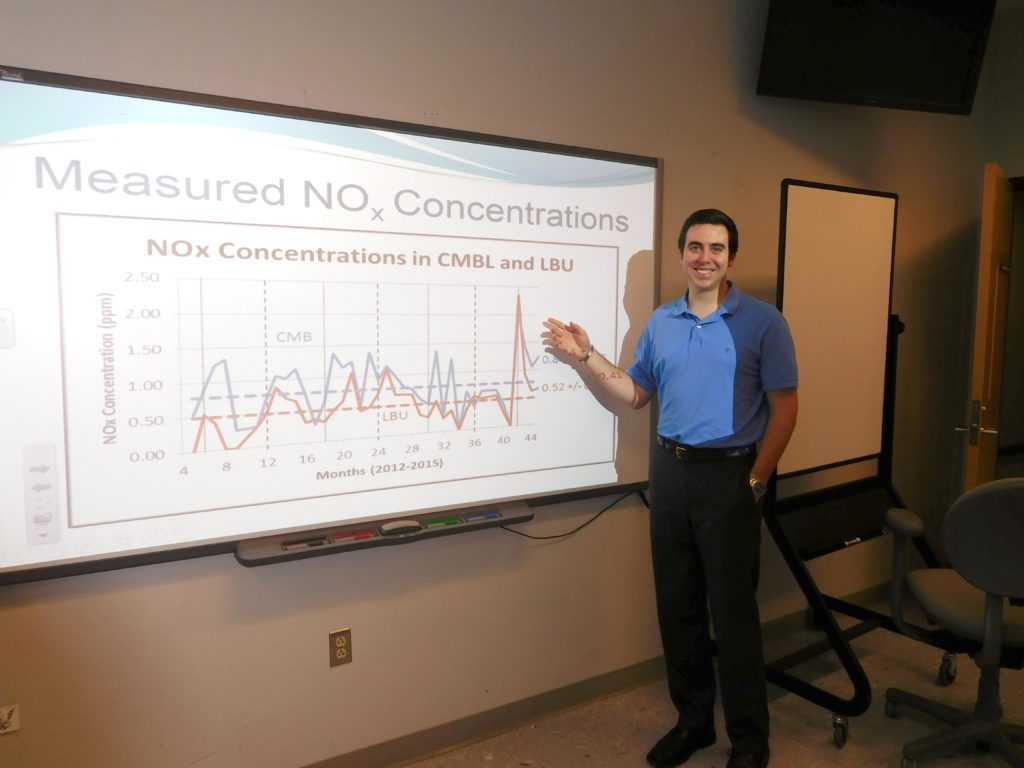
Recently, Tata & Howard Engineer and recent University of Connecticut graduate William Grant presented his senior thesis. Working with the Niantic River Nitrogen Work Group, William conducted research to evaluate the concerning nitrate contributions to the Niantic River Estuary from the Cranberry Meadow Brook and the Latimer Brook. The excess of nitrogen in the estuary has become a serious threat to aquatic life, causing eutrophication and hypoxia. It was determined, using a two endmember temperature mixing model, that Cranberry Meadow Brook contributes 33% of the total flow of water to the Lower Branch of the Latimer Brook, and the Upper Branch of the Latimer Brook contributes 67% of the total flow. Although the Cranberry Brook is much smaller and contributes less flow of water to the Lower Branch of the Latimer Brook, it contributes equal amounts of nitrate to the Latimer Brook system. William concluded, based on qualitative analysis on land cover and land use, that the high level of nitrate from the Cranberry Meadow Brook is a result of agriculture runoff and ground water inputs. His research will greatly help scientists and other engineers as they try to reduce the severe eutrophication and hypoxia that are hazardous to aquatic life in the Niantic River Estuary.

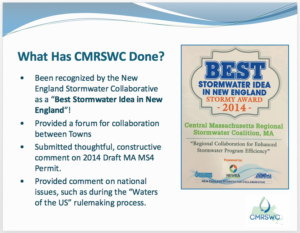 On Wednesday, May 18, 2016, the Association to Preserve Cape Cod (APCC), the Barnstable Coastal Resources Committee, the Cape Cod Commission, and the Massachusetts Bays National Estuary Program hosted a free workshop entitled “2016 Small MS4 Stormwater Permit for Massachusetts and Stormwater Collaboratives.” The event, which was very well attended, was held at Cape Cod Community College and featured several presentations, including the keynote by Mr. Newton Tedder, MS4 Program, Region 1, US EPA, on “2016 Final Massachusetts Small MS4 General Permit for Stormwater.” Mr. Tedder, a key contributor to the revised permit, was available for questions. Also presenting at the workshop were Tata & Howard’s Stormwater Manager Jon Gregory, P.E., and Cherry Valley & Rochdale Water District Superintendent Michael Knox. Both Jon and Mike presented on the Central Massachusetts Regional Stormwater Coalition (CMRSWC), of which the Town of Leicester — which includes the Villages of Cherry Valley and Rochdale — is a member. The presentations included information which provided an overview of the CMRSWC as well as specific products and benefits. Congratulations to both Jon and Mike for their presentations, which provided clear and compelling data on the value of a regional stormwater collaborative.
On Wednesday, May 18, 2016, the Association to Preserve Cape Cod (APCC), the Barnstable Coastal Resources Committee, the Cape Cod Commission, and the Massachusetts Bays National Estuary Program hosted a free workshop entitled “2016 Small MS4 Stormwater Permit for Massachusetts and Stormwater Collaboratives.” The event, which was very well attended, was held at Cape Cod Community College and featured several presentations, including the keynote by Mr. Newton Tedder, MS4 Program, Region 1, US EPA, on “2016 Final Massachusetts Small MS4 General Permit for Stormwater.” Mr. Tedder, a key contributor to the revised permit, was available for questions. Also presenting at the workshop were Tata & Howard’s Stormwater Manager Jon Gregory, P.E., and Cherry Valley & Rochdale Water District Superintendent Michael Knox. Both Jon and Mike presented on the Central Massachusetts Regional Stormwater Coalition (CMRSWC), of which the Town of Leicester — which includes the Villages of Cherry Valley and Rochdale — is a member. The presentations included information which provided an overview of the CMRSWC as well as specific products and benefits. Congratulations to both Jon and Mike for their presentations, which provided clear and compelling data on the value of a regional stormwater collaborative.
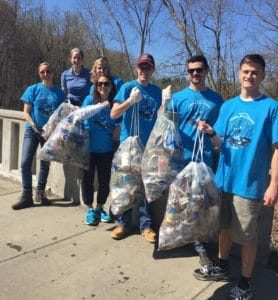
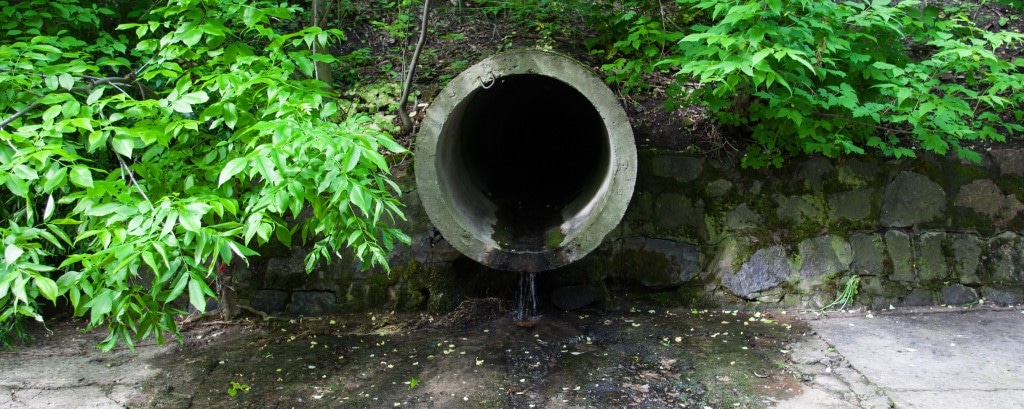
 Despite serious concerns over costs to municipalities and timing of implementation, MassDEP has agreed to co-issue the new MS4 stormwater permit with EPA. According to a March 31, 2016 letter from MassDEP Commissioner Martin Suuberg to US EPA Region 1 Administrator Curt Spalding, MassDEP agreed to co-issue the permit in spite of concerns in order to remain involved with cities and towns on permit implementation. The letter states, “MassDEP would have preferred some time for additional discussion of important issues. Nevertheless, MassDEP needs to be involved with EPA and cities and towns on how this permit is implemented. This is too important an issue for our environment, for our cities and towns and for the Commonwealth.”
Despite serious concerns over costs to municipalities and timing of implementation, MassDEP has agreed to co-issue the new MS4 stormwater permit with EPA. According to a March 31, 2016 letter from MassDEP Commissioner Martin Suuberg to US EPA Region 1 Administrator Curt Spalding, MassDEP agreed to co-issue the permit in spite of concerns in order to remain involved with cities and towns on permit implementation. The letter states, “MassDEP would have preferred some time for additional discussion of important issues. Nevertheless, MassDEP needs to be involved with EPA and cities and towns on how this permit is implemented. This is too important an issue for our environment, for our cities and towns and for the Commonwealth.”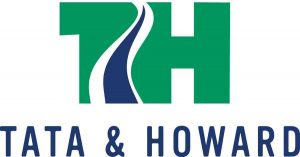 MARLBOROUGH, MA February 25, 2016 – Tata & Howard announced today that it has updated its logo. The logo was last updated five years ago. The enhanced logo features a new color and a solid river icon.
MARLBOROUGH, MA February 25, 2016 – Tata & Howard announced today that it has updated its logo. The logo was last updated five years ago. The enhanced logo features a new color and a solid river icon.